How to create and care for a winter planter – expert advice for long lasting, seasonal containers
From choosing the right container to knowing how to water, our comprehensive guide to winter planters will mean yours will thrive throughout the colder months
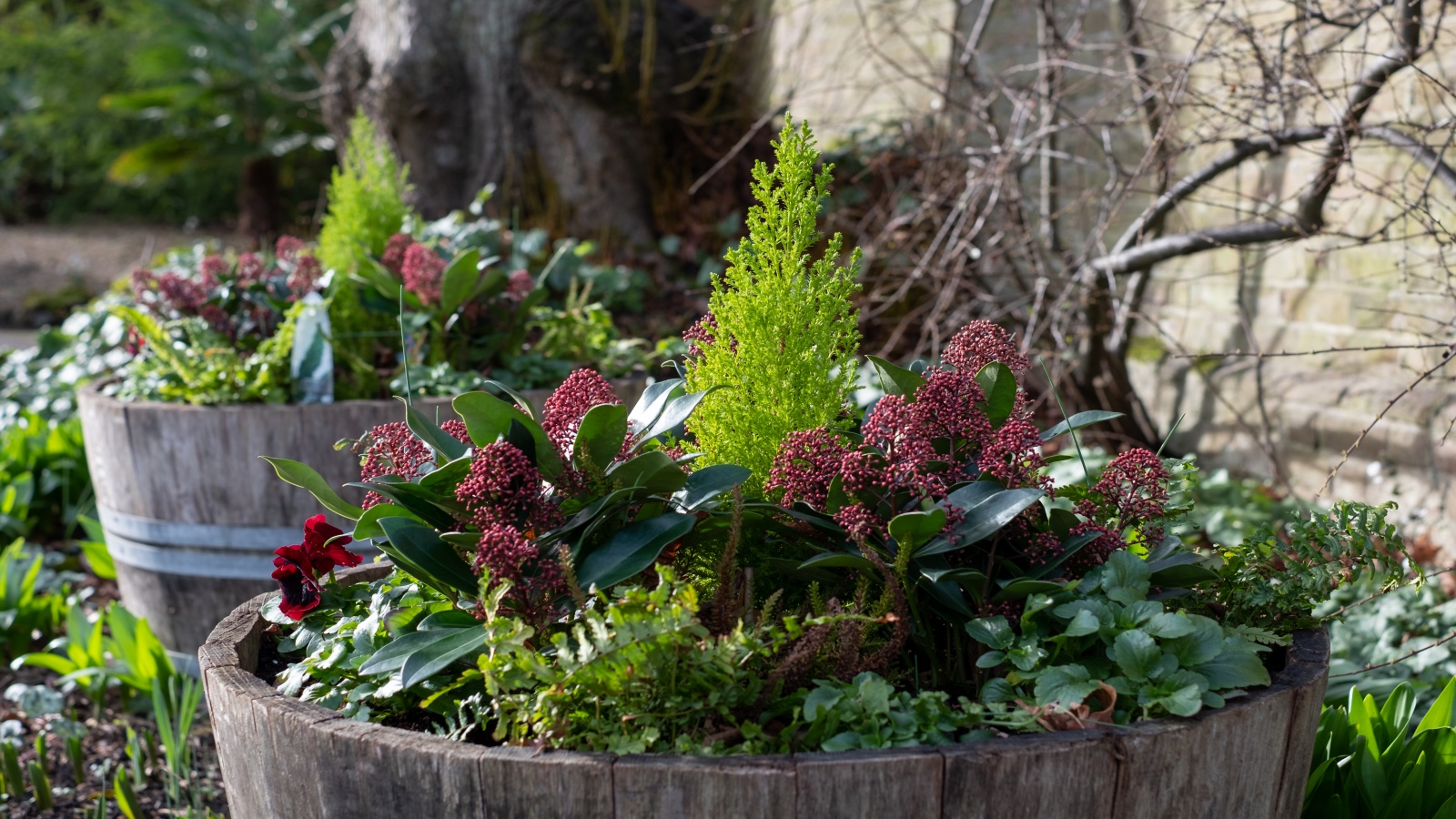

Winter containers are one of the easiest ways of bringing color and interest to your yard during the shortest days of the year.
Once you know how to plant a winter container, they are easy to care for, versatile, and can be moved around to brighten different areas of your decking or patio as the mood takes you.
With care, containers planted now will survive through the winter. Even if the plants don’t grow during the coldest weeks, they will return to splendor next spring.
Why create a winter planter?
Although we often think of container gardening as an element of spring and summer gardening, there is a wide range of plants that can be used to add color and interest to the yard in winter.
They will have slightly different requirements from their summer cousins, and there are container gardening mistakes to avoid, but are still an absolute asset to a yard or patio area.
Here we look at how to create and care for a winter planter that will look fabulous until next spring - and even early summer.
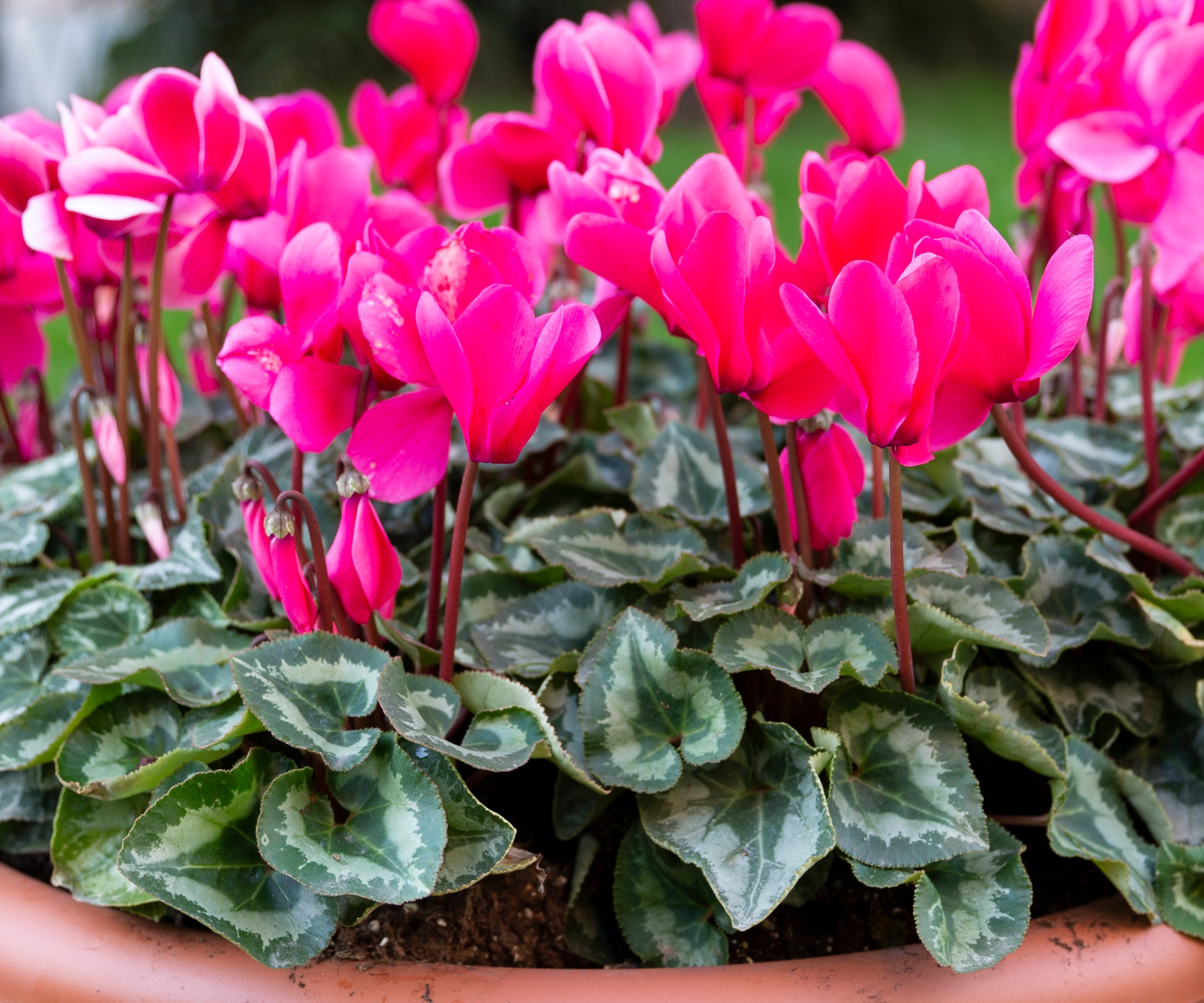
Hardy Cyclamen hederifolium grow really well in containers
What container should I use?
The best containers for winter plantings are those that are frost resistant, especially if you live in a hardiness zone that experiences severe sub-zero temperatures in winter.
The pots should also have plenty of drainage holes at the base to allow excess winter rain and snowmelt to escape easily. If the compost holds on to too much water and freezes, it will expand and can crack or break the pots. Waterlogging also drowns plant roots as it forces oxygen from the soil.
It's a good ideas to always raise your container on ‘feet’, such as these invisible pot feet by Ufelice on Amazon, as this helps prevent pests from crawling in through the holes and further improves drainage.
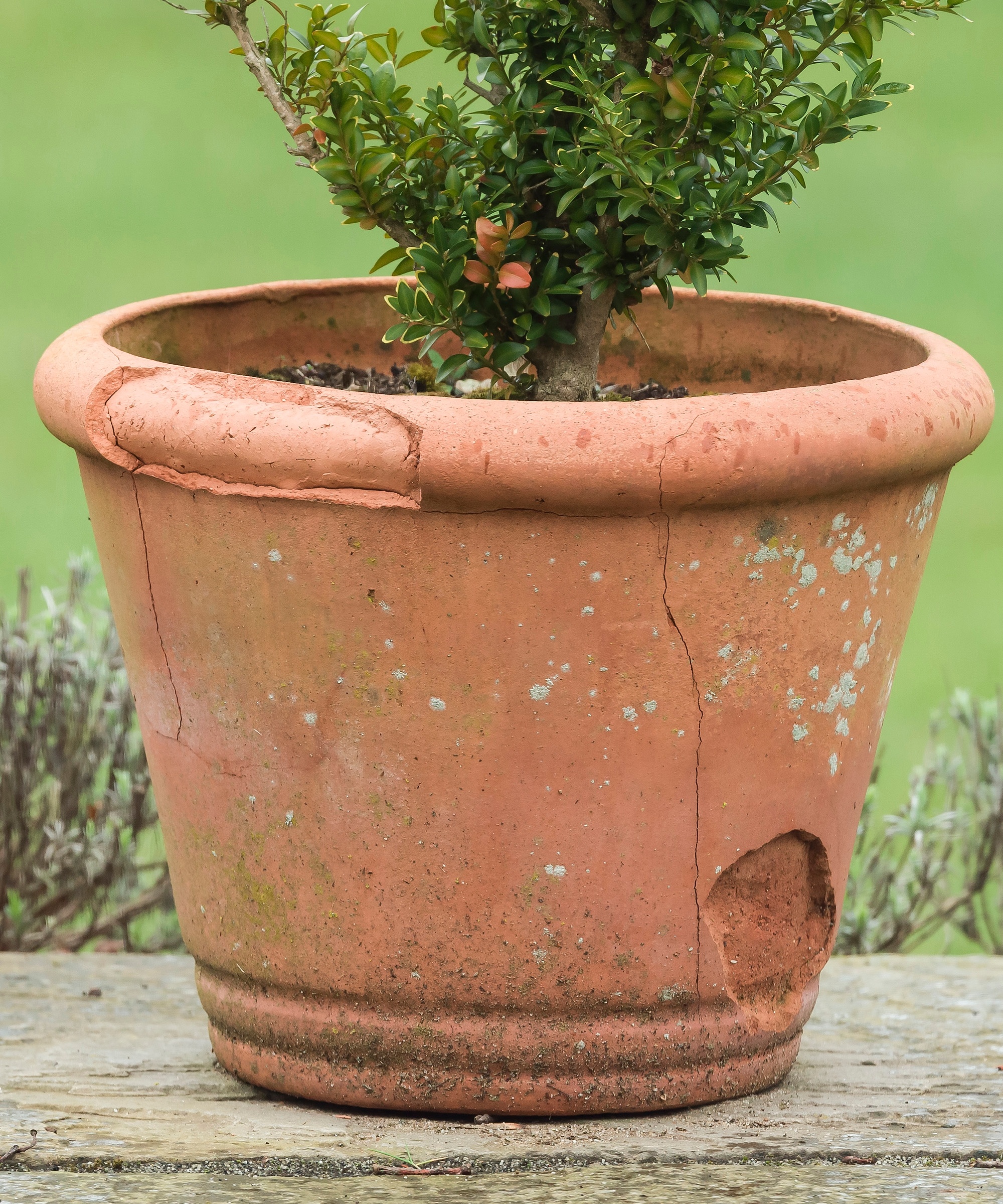
Avoid broken planters by choosing frost-resistant containers for winter planting
What compost should I use?
Container compost should be nutrient-rich to feed lots of plants growing in an enclosed space, and also free-draining to avoid waterlogging.
Many brands make their own container compost that comes with added fertilizer, and some also add water-retaining granules that help to regulate moisture around the roots of plants.
You may think this is most important in summer, but they can be a life-saver for your pots during dry spells in winter and spring. They also mean you won’t have to water your plants as much.

Use a suitable compost when planting containers and hanging baskets
Do I need to add fertilizer?
If you have bought pot soil with added fertilizer, then your plants should not initially need extra feeding.
If you have used general-purpose potting soil without supplementary fertilizer, I would add a general-purpose feed such as Miracle Gro Shake'n'Feed from Amazon to give them a boost.
Always check the packaging so you give plants the correct amount of fertilizer.
Another option is to add Osmocote pot shots, available on Amazon, which are plugged into the compost to release energy as and when the plants are growing strongly and need it the most.
Plants will also need feeding next spring when they start to grow again after winter's lull.
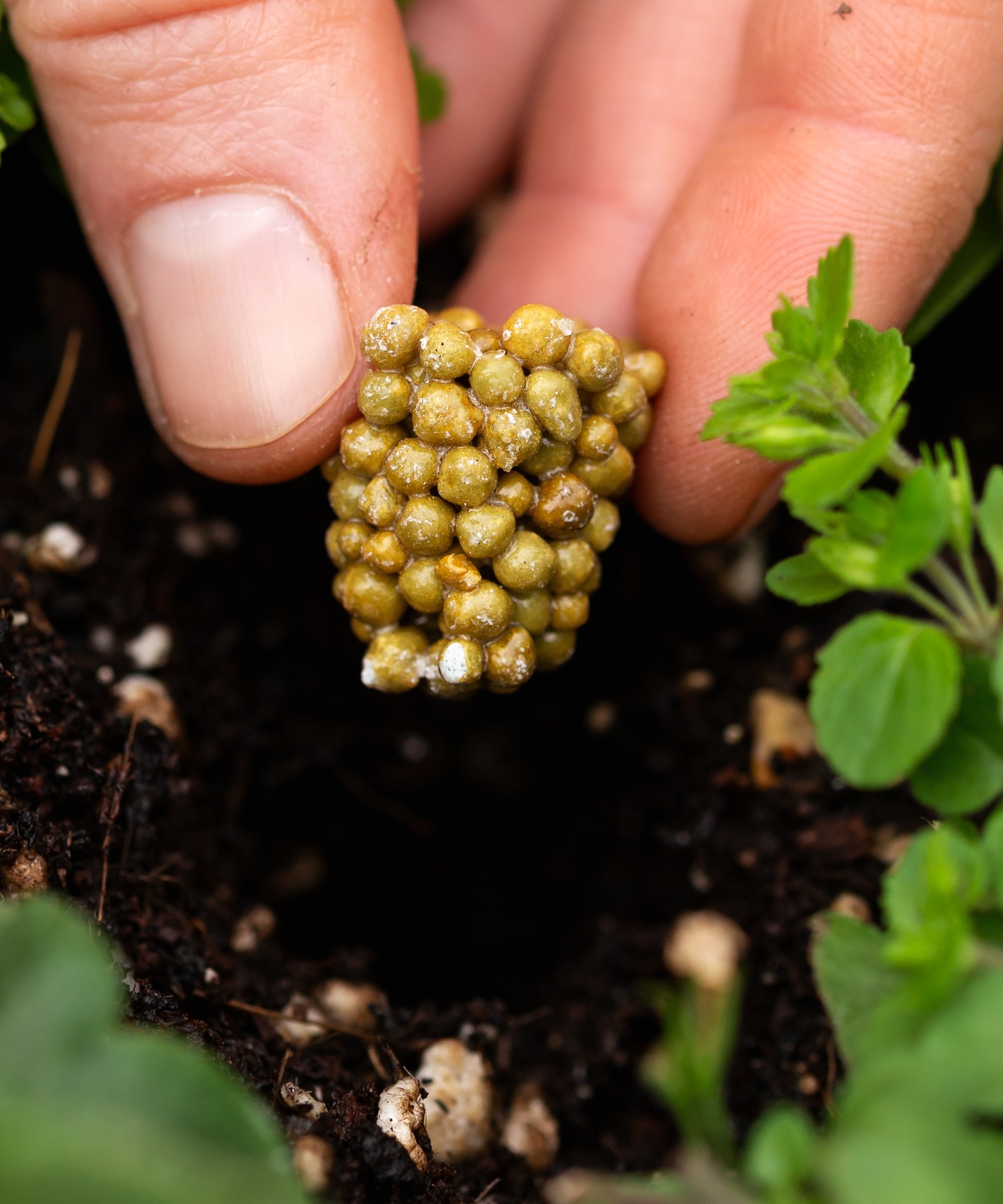
Osmocote Pot Shots release energy when plants are growing and need it most
What kinds of plants should I use?
The varieties of plants you add to your container will very much depend on the hardiness zone where you live.
In states where hard frosts and snow are a problem, you need to choose hardy plants such as Helleborus niger, primroses and primulas, winter heather (Erica carnea), Creeping wintergreen (Gaultheria procumbens), skimmia, mahonia and other shrubs that grow well in containers.
Pansies, violas and cyclamen are also frost-hardy, as are ferns and heucheras, which have leaves in a range of brilliant colors, from deepest maroon to acid green and yellow.
You can also add height and interest with hardy grasses with attractive seedheads that look beautiful when caught by hoar frosts, and tough herbs such as rosemary, sage and thyme.
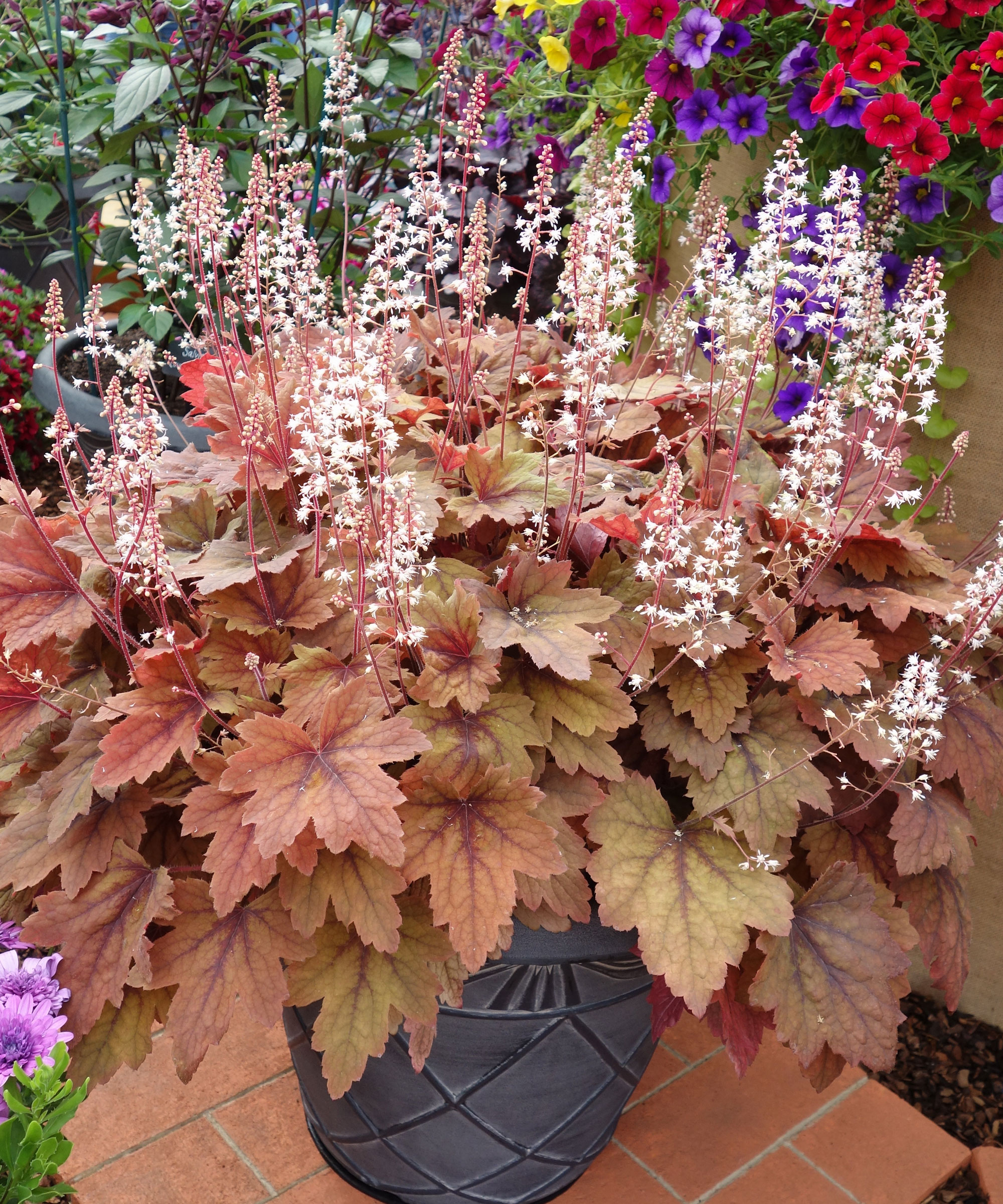
Heucheras, or coral bells, are ideal for winter containers
How do I plant a winter container?
Start by adding a layer of crocks (broken pot) or gravel to the bottom of your container then fill with the compost of your choice, leaving a gap of around 2in between the top of the potting soil and the rim of the pot to allow for watering.
While you are doing this, stand your plants, in their pots, in a bowl of water to give them a good drink and make it easier to slip them from their pots.
Remove one plant at a time from their pot and add them to your container, starting with the central plant which will be the focus of the pot.
You could use a small Skimmia japonica or elegant grass that will catch the eye and add interest and color all winter.
Then plant smaller plants around the edge, possibly a mix of pansies, cyclamen and heuchera, before finishing with a couple of trailing plants such as variegated ivy or creeping thyme to tumble down the side of the planter.
Place the pot on feet and water generously to settle the compost.
Don’t worry if there are gaps between the plants, these will soon be filled when the plants grow.
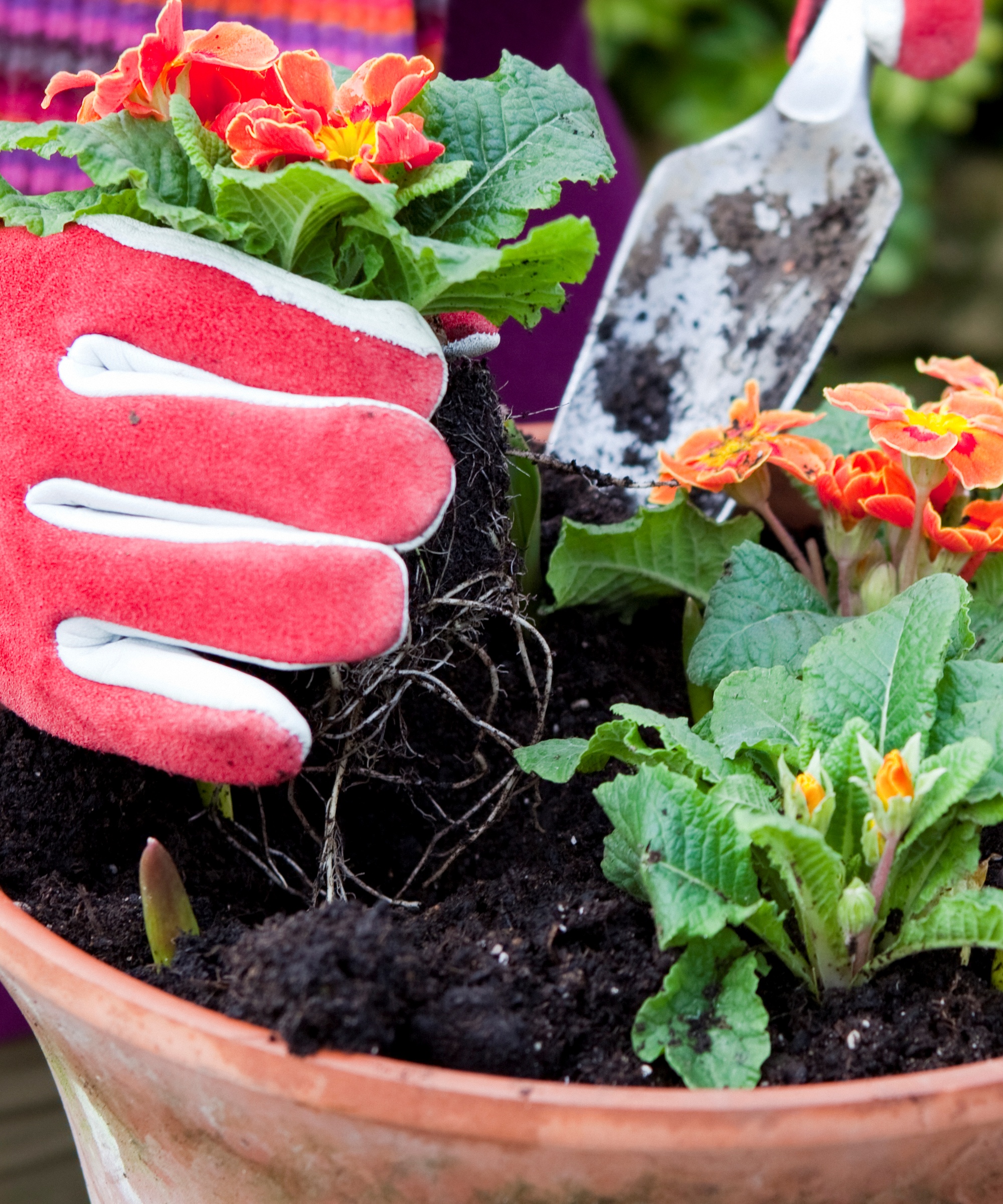
Give plants plenty of room - they will soon grow to fill their space
How should I care for my winter planter?
Place your planter in a sheltered spot on the patio, where it is protected from high winds and also gets maximum amounts of sun.
When storms are imminent, you may wish to move it against a sheltering wall. If frosts are forecast, move it into a greenhouse, porch or conservatory or wrap the whole pot in fleece and cover the compost with a layer of insulating straw.
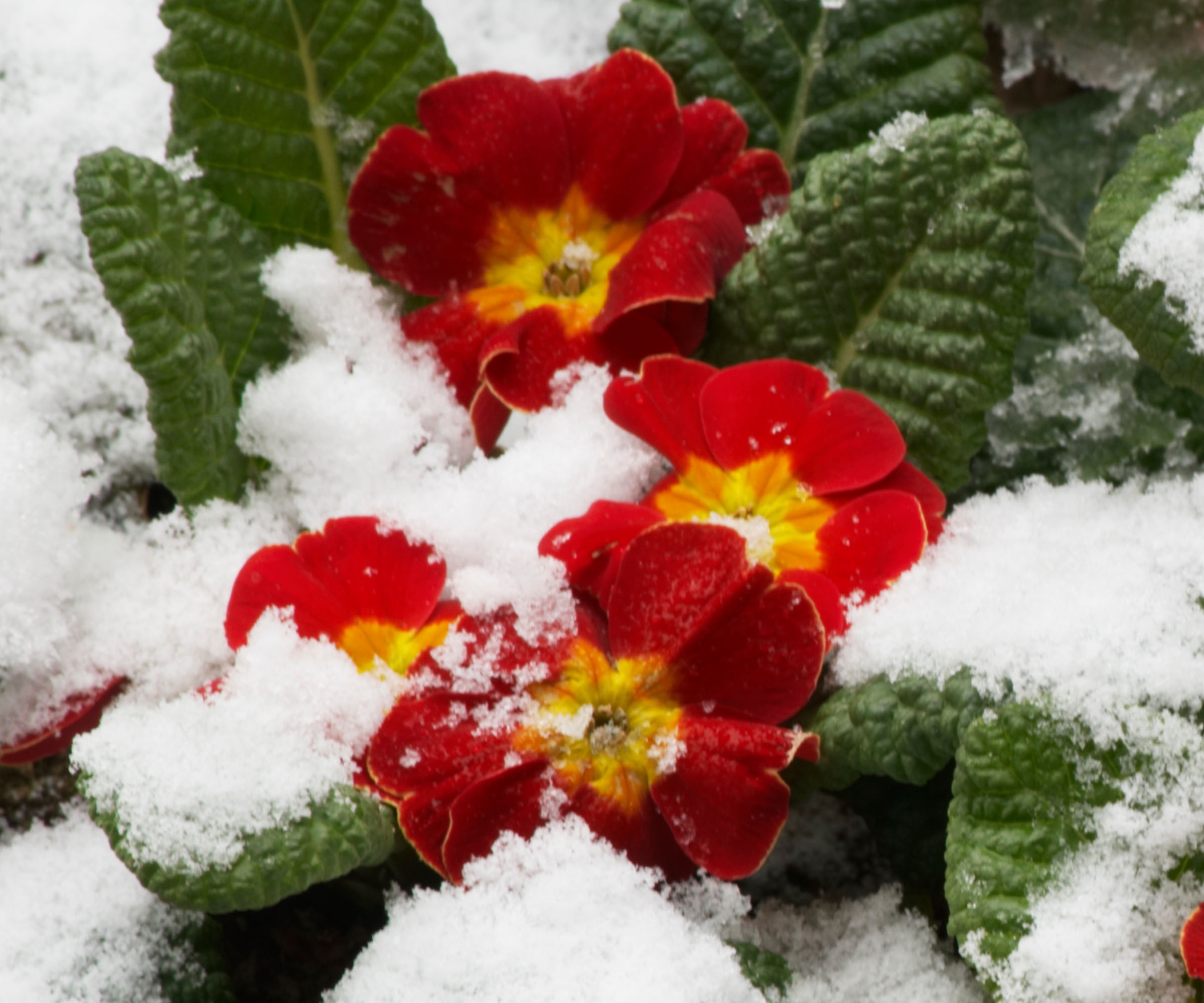
Hardy plants can survive winter but protect them against very bad weather
How often should I water my winter planter?
You can usually expect to water less in winter, but keep an eye on planters during dry spells.
If you are unsure, stick your finger into the potting soil up to the first knuckle. If it feels dry, then give your plants some water. If the compost is damp, wait a few days and test again.
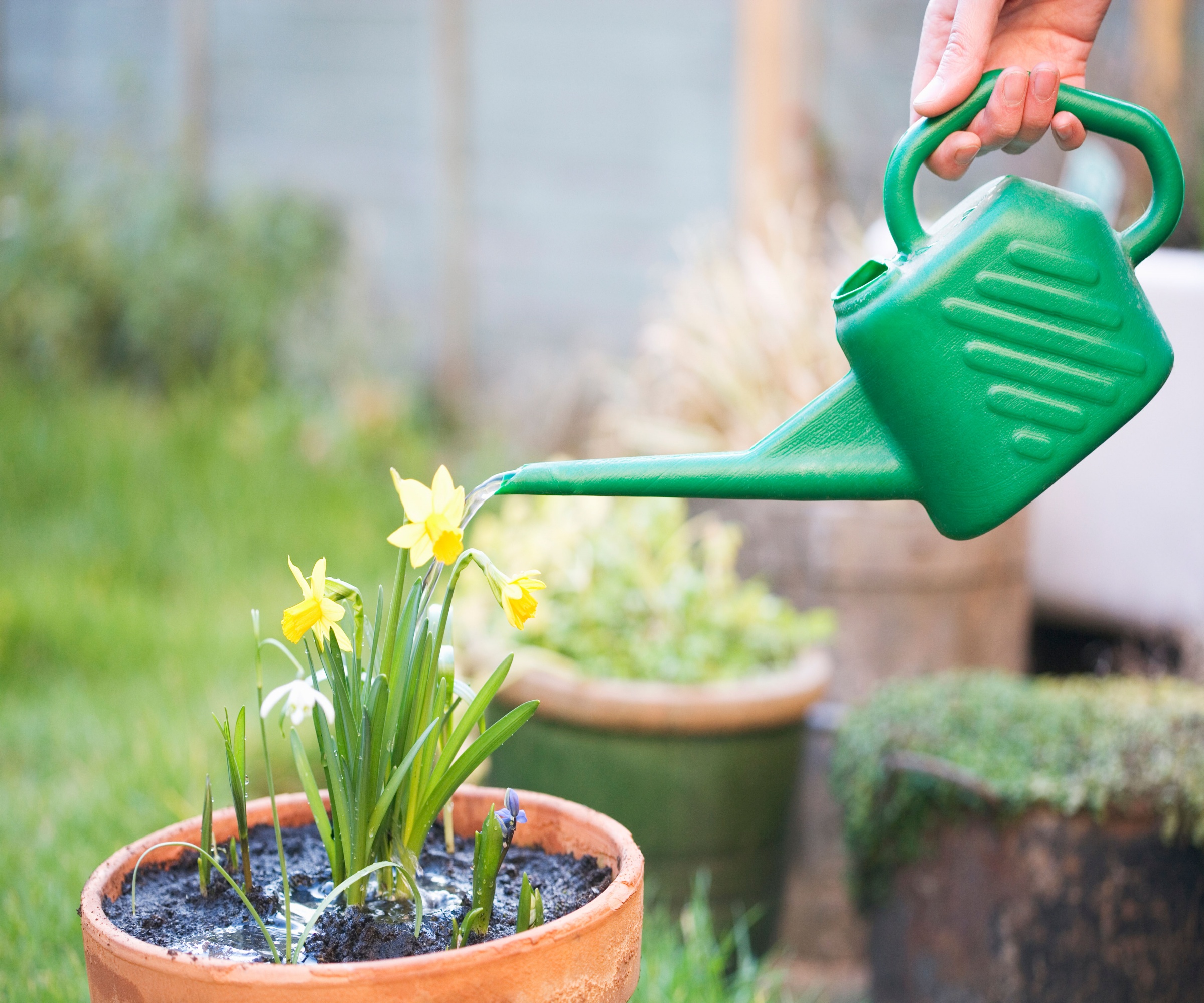
Water winter and early spring pots when the compost feels dry if it hasn't rained
FAQs
Can I add spring bulbs to my winter planter?
You absolutely can – spring bulbs will start to poke through the surface early next year and help prolong the container’s interest.
Try dwarf varieties such as species tulips and little daffodils and narcissi. Crocus, winter aconites and snake's head fritillaries are also popular and very pretty.
If you do plant bulbs, add some grit to the potting soil for extra drainage as bulbs tend to rot in very wet conditions.
Do I plant hanging baskets the same way as winter containers?
The principles of container and winter basket planting are the same, though you don’t need to add crocks to the base of a basket as the lining should be porous to let water drain through.
Keep the compost damp and remember that if the plants are hanging under the eaves of your home, they won’t catch as much rain as patio pots, so may need more watering.
If high winds are forecast, take down your basket and store it in a greenhouse or porch, raised up on a large pot or bucket to avoid damaging the trailing plants.
What do I do with my winter planter next spring?
Perennial plants that have gone dormant in the depths of winter will start to grow again next spring.
To help them flourish, remove dead leaves and deadhead old blooms. If any plants have died, use this time to carefully replace them.
Fertilize your container and your plants will soon start to grow and give you a splendid spring display.
Will pests be a problem in my winter planter?
Very cold winters will kill off most pests, but if you live in a frost-free state then they will continue to menace your plants through the year.
Watch out for the most common pests, such as slugs, snails and aphids and be aware of the dangers of black vine weevils.
These little beetles lay eggs in the potting soil and their larvae feast on plant roots - very often the first sign of their presence is when plants suddenly keel over.
Other pests can be combatted by encouraging predatory wildlife into your yard. Birds, beetles, wasps, mantids and spiders are all gardeners’ friends and should be treated as such.
Don’t throw away perennials and bulbs when you want to change container plantings for your summer display.
They can be planted elsewhere in the garden or, in the case of the bulbs, dried and stored somewhere cool through the winner and then replanted next fall for a second flowering.
Sign up to the Homes & Gardens newsletter
Design expertise in your inbox – from inspiring decorating ideas and beautiful celebrity homes to practical gardening advice and shopping round-ups.

Ruth is a Contributing Editor for Homes & Gardens, and formerly Gardening Editor of Amateur Gardening magazine. She is horticulturally trained, with a qualification from the Royal Horticultural Society. Her work for Amateur Gardening, the world's oldest weekly gardening publication, involved matching gardening tasks with each season, covering everything from sowing and planting, to pruning, taking cuttings, dealing with pests and diseases and keeping houseplants healthy. She is an expert in ornamental plants and edible crops, and everything she writes about and photographs is in her own garden, that has been a work in progress since her family moved there in 2012.
-
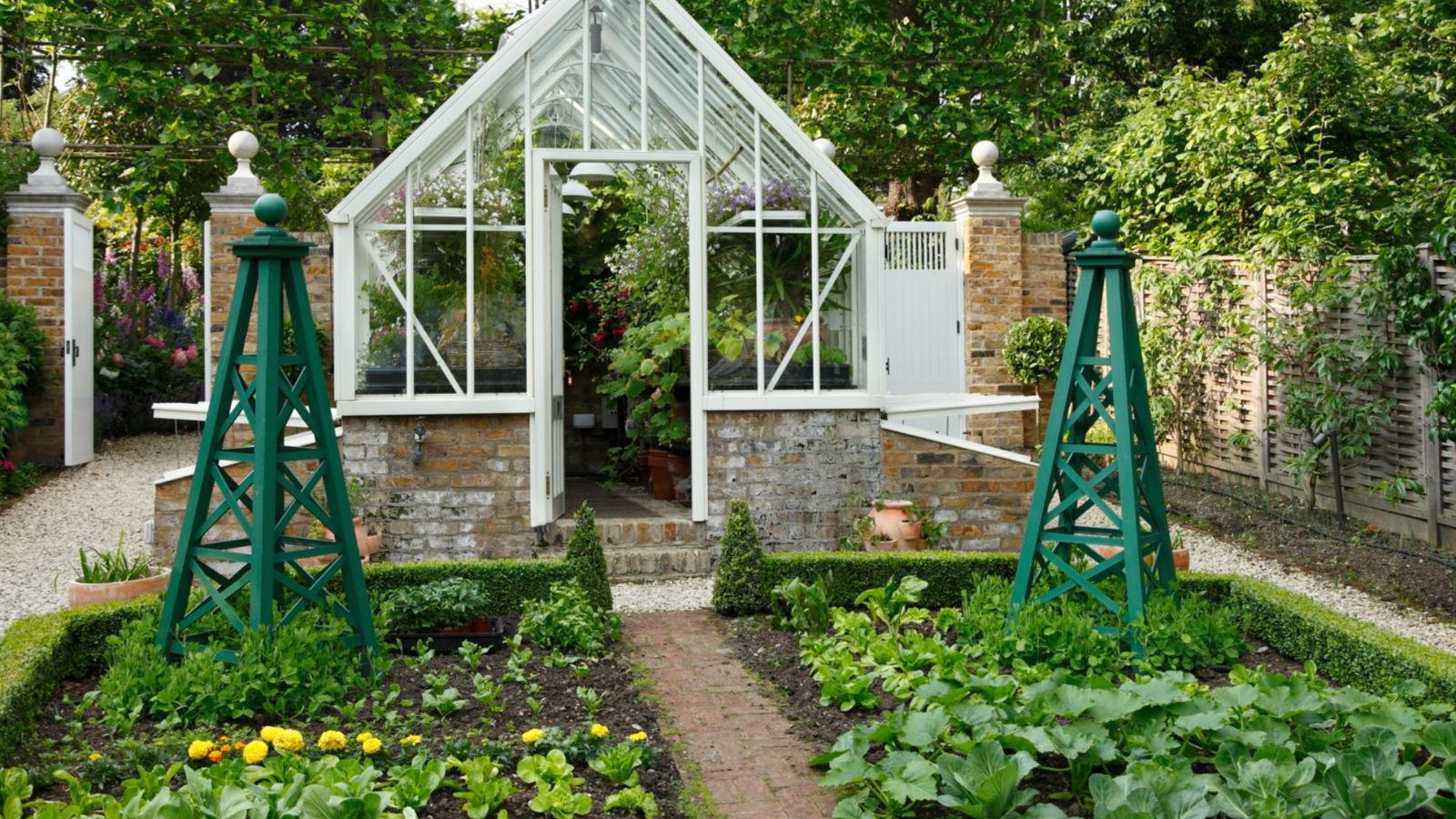 The long-awaited ALDI $40 raised bed garden planter is finally back, and it is perfect for small gardens and apartments
The long-awaited ALDI $40 raised bed garden planter is finally back, and it is perfect for small gardens and apartmentsThis highly-rated wooden planter sells out every year, so be fast
By Jennifer Ebert Published
-
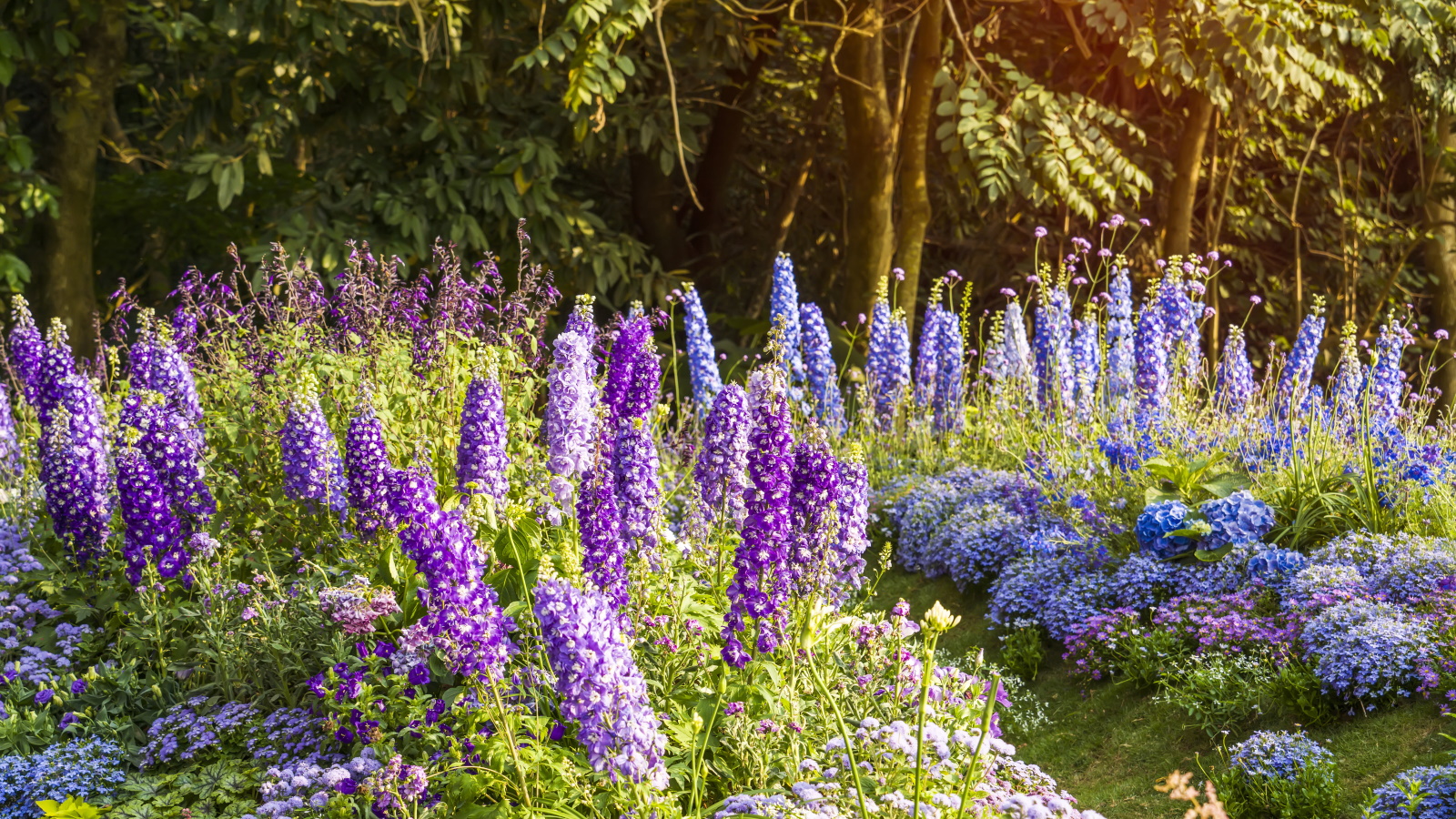 Best types of delphiniums – 14 stunning varieties for vibrant flower spikes in your yard
Best types of delphiniums – 14 stunning varieties for vibrant flower spikes in your yardPlants Here are our top types of delphiniums for brightening summer borders
By Holly Crossley Published